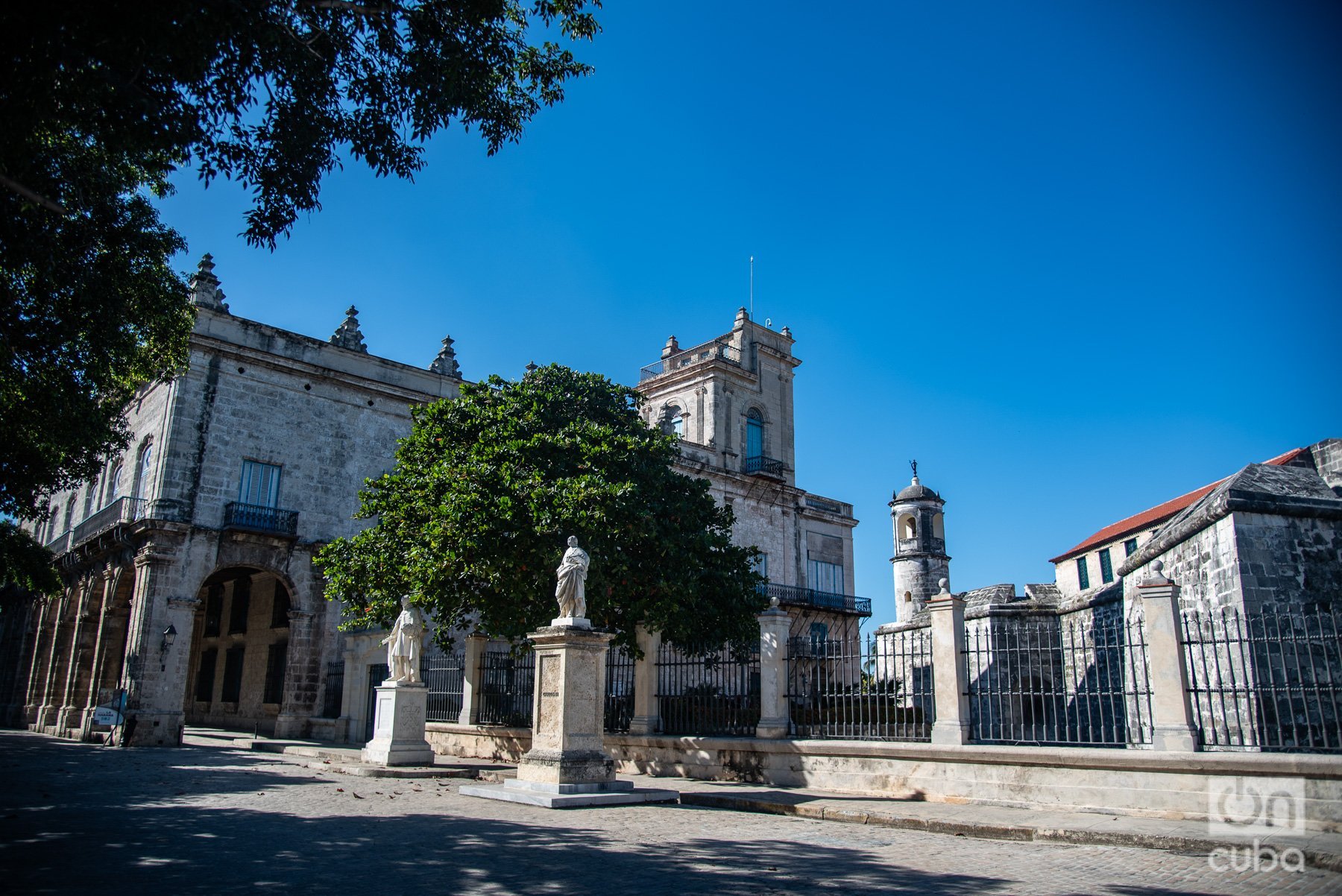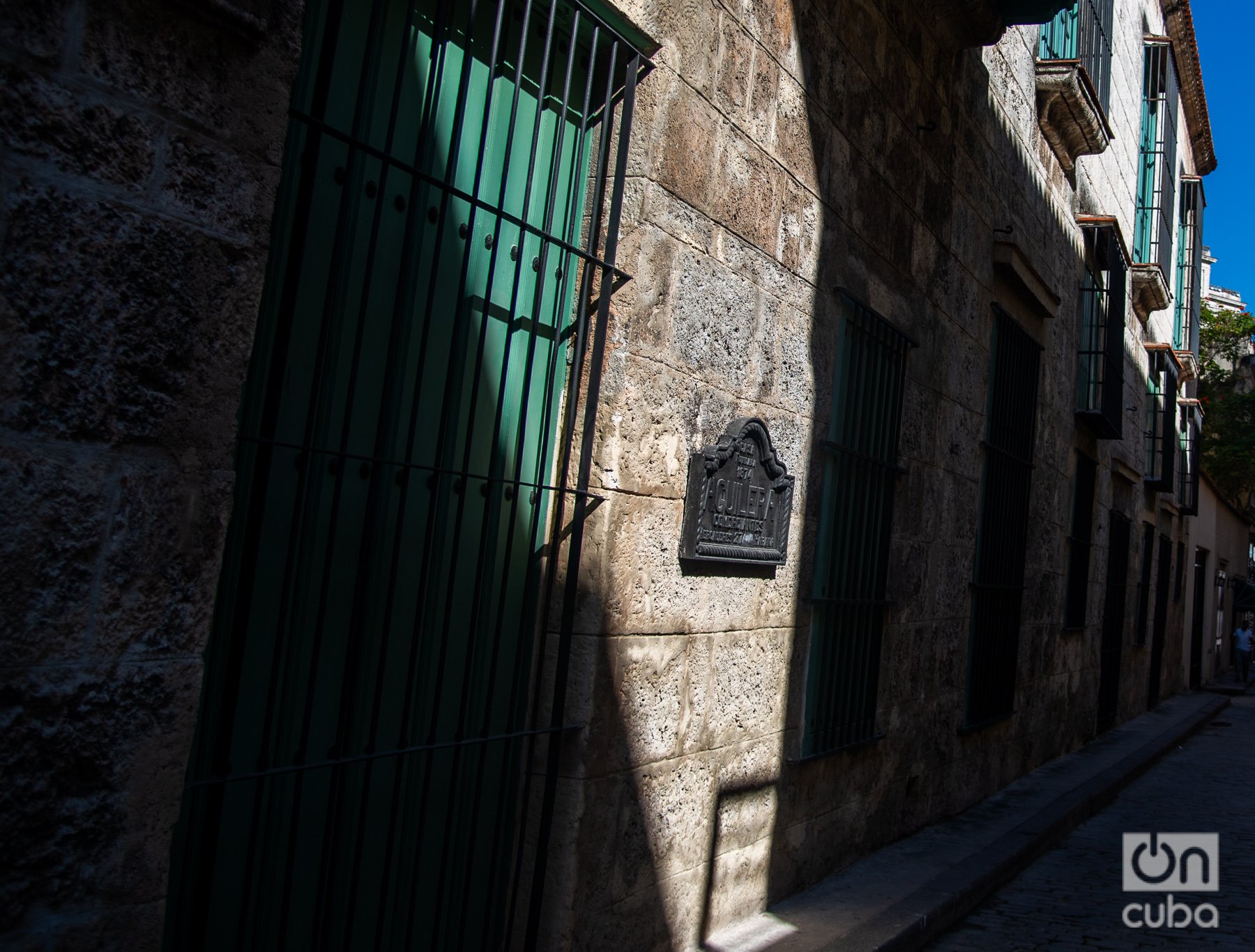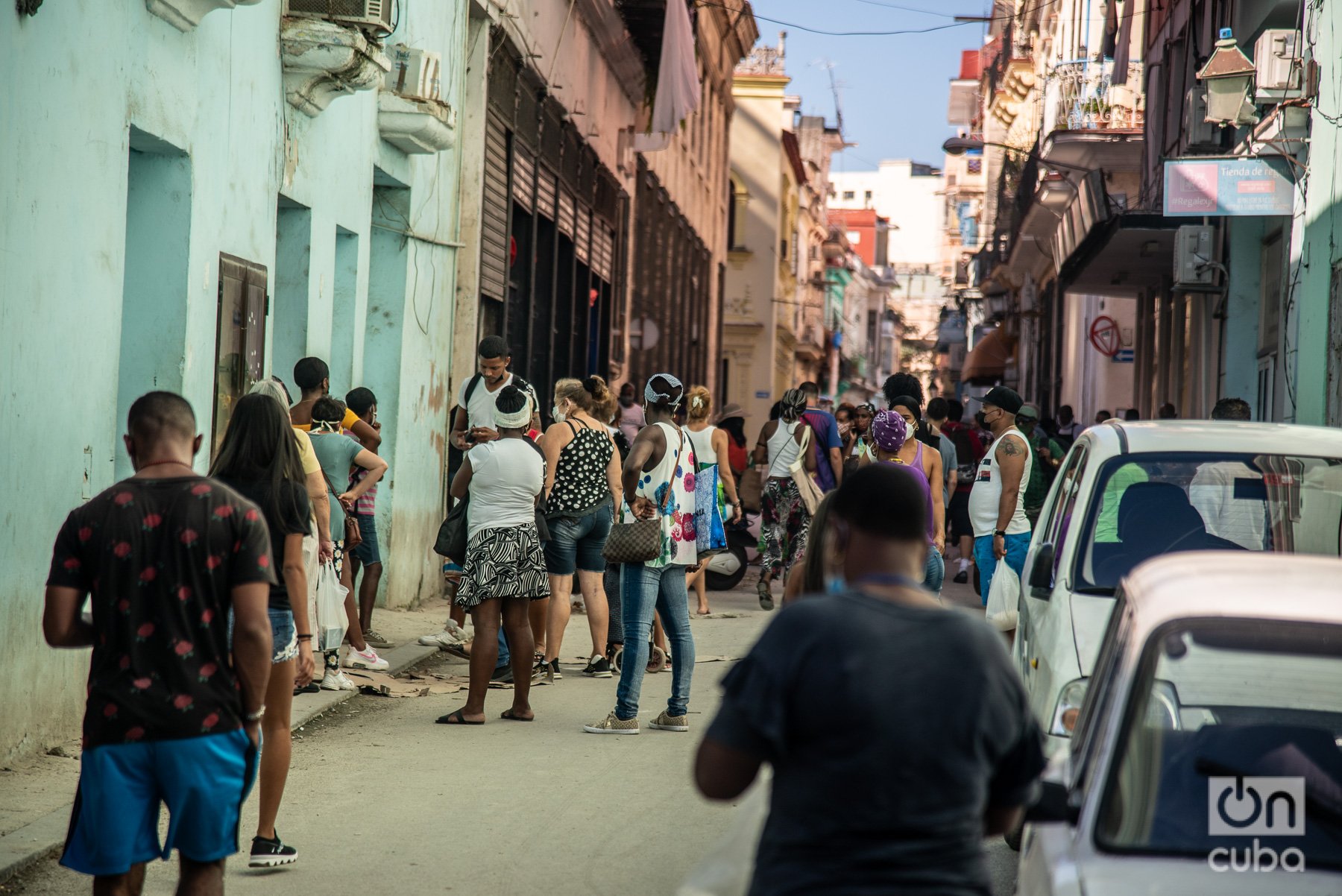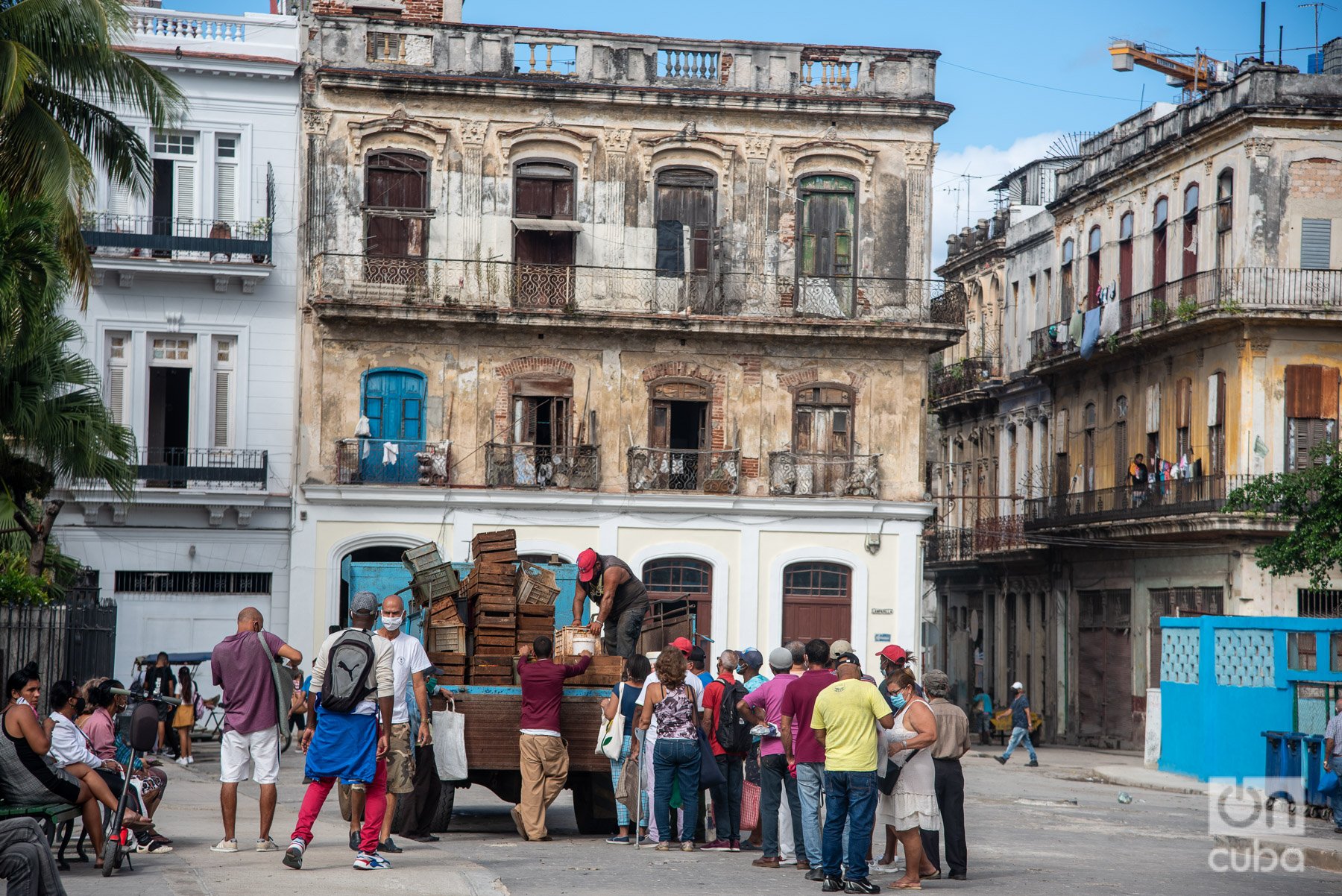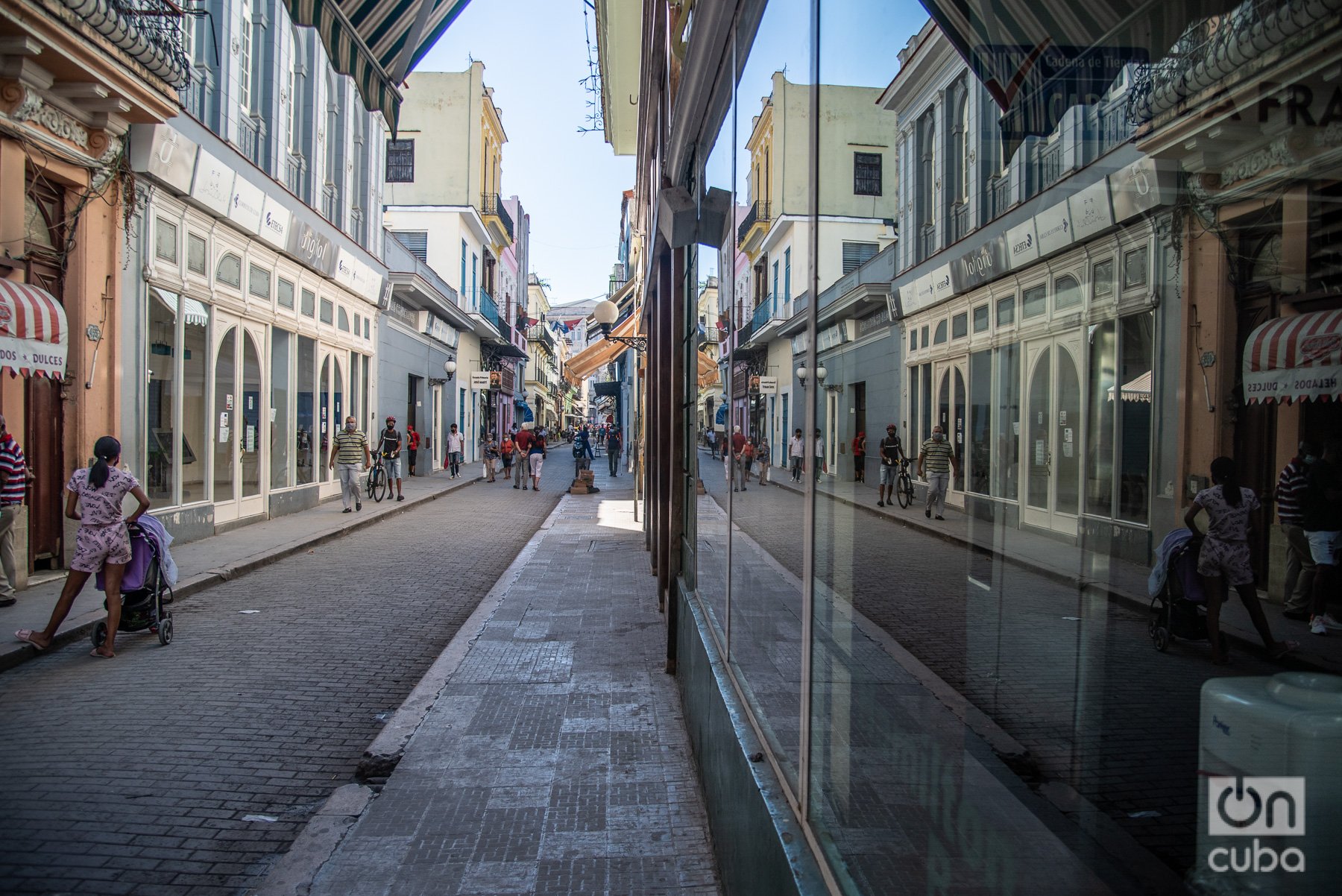Several years ago, while walking along the busy Obispo Street in Old Havana, I fantasized, amid the tumult of passersby, with the idea of one day seeing that and other streets of the historic center deserted and silent. I dreamed of the possibility of photographing them; all its architecture of five centuries ready to pose just for me. In this way, I could capture San Cristóbal de La Habana as has rarely been possible.
Sometimes wishes come true, but not precisely in the way one imagines. With the arrival of the pandemic and quarantine, people took refuge in their homes to protect their lives. As a result, desolate scenes were witnessed in different places around the world, including Havana. Cities that once bustled with life became deserted and silent. The images that I had once dreamed of came to me, but not as the beautiful images that I longed for, but as a forced and sad void.
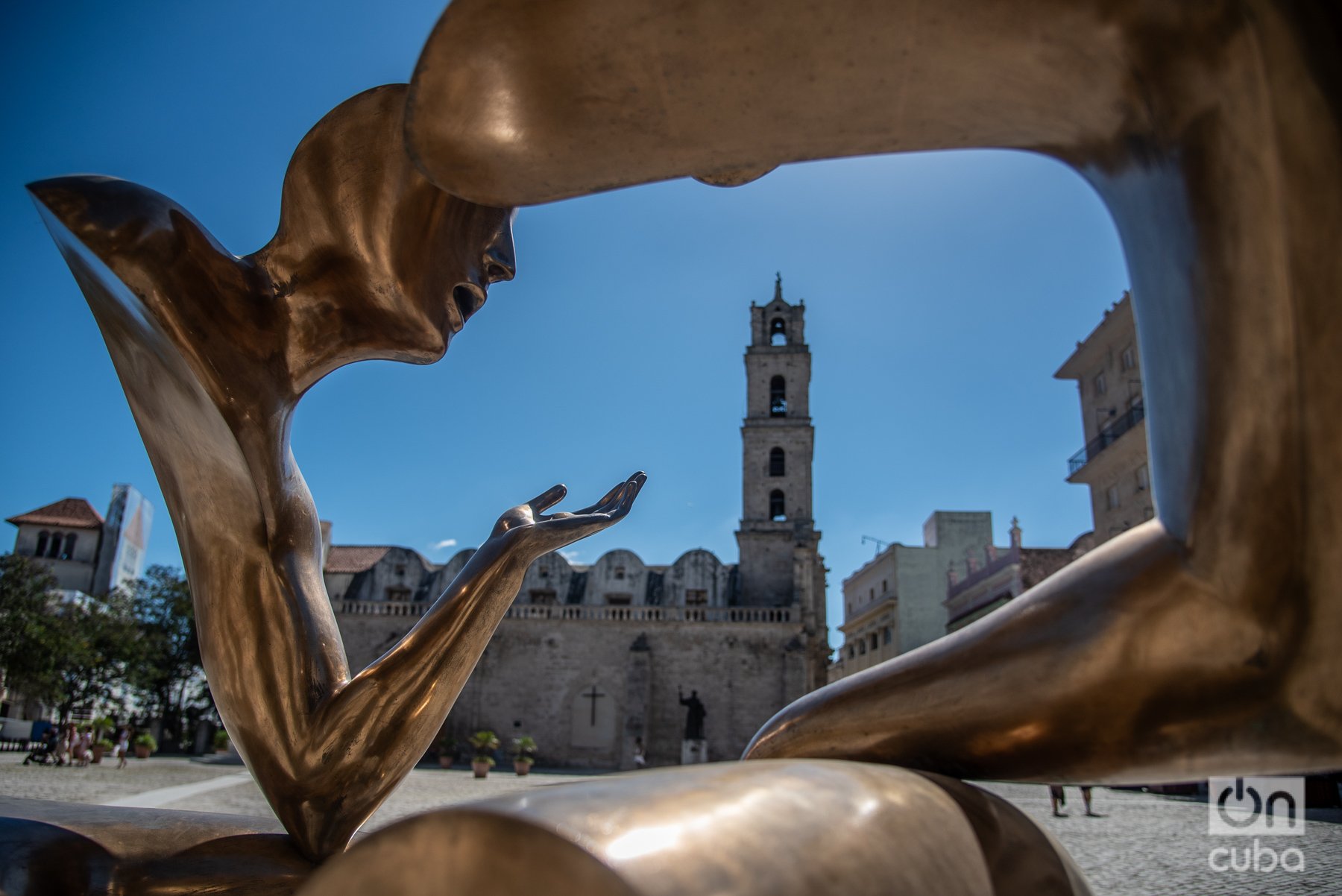
When it was finally time to go out again, I walked through Old Havana on an afternoon in January 2022. There were few people on the streets. Neighbors crowded into long lines, waiting for their turn to buy food. There were also no crowds of tourists walking around, taking photos and purchasing souvenirs.
The city had transformed its soundtrack. Instead of the usual hustle and bustle, calm and serenity reigned. The peculiar sound of street musicians performing Cuban the son and bolero, as well as neighbors shouting at each other, lively conversations on corners and contagious laughter, had been replaced by an eerie silence. Havana had adopted a more intimate and soft tone, like a sigh that rose amid the stillness.

During my journey, I came across a wandering trovador, a lonely and lost musician who played his guitar. A white cat, lying in the middle of the street, was the only spectator in that scene. The melody of that trovador evoked the days when Old Havana was full of street musicians competing for the attention of tourists. The notes of his guitar filled the void and echoed in the colonial buildings that surrounded him.
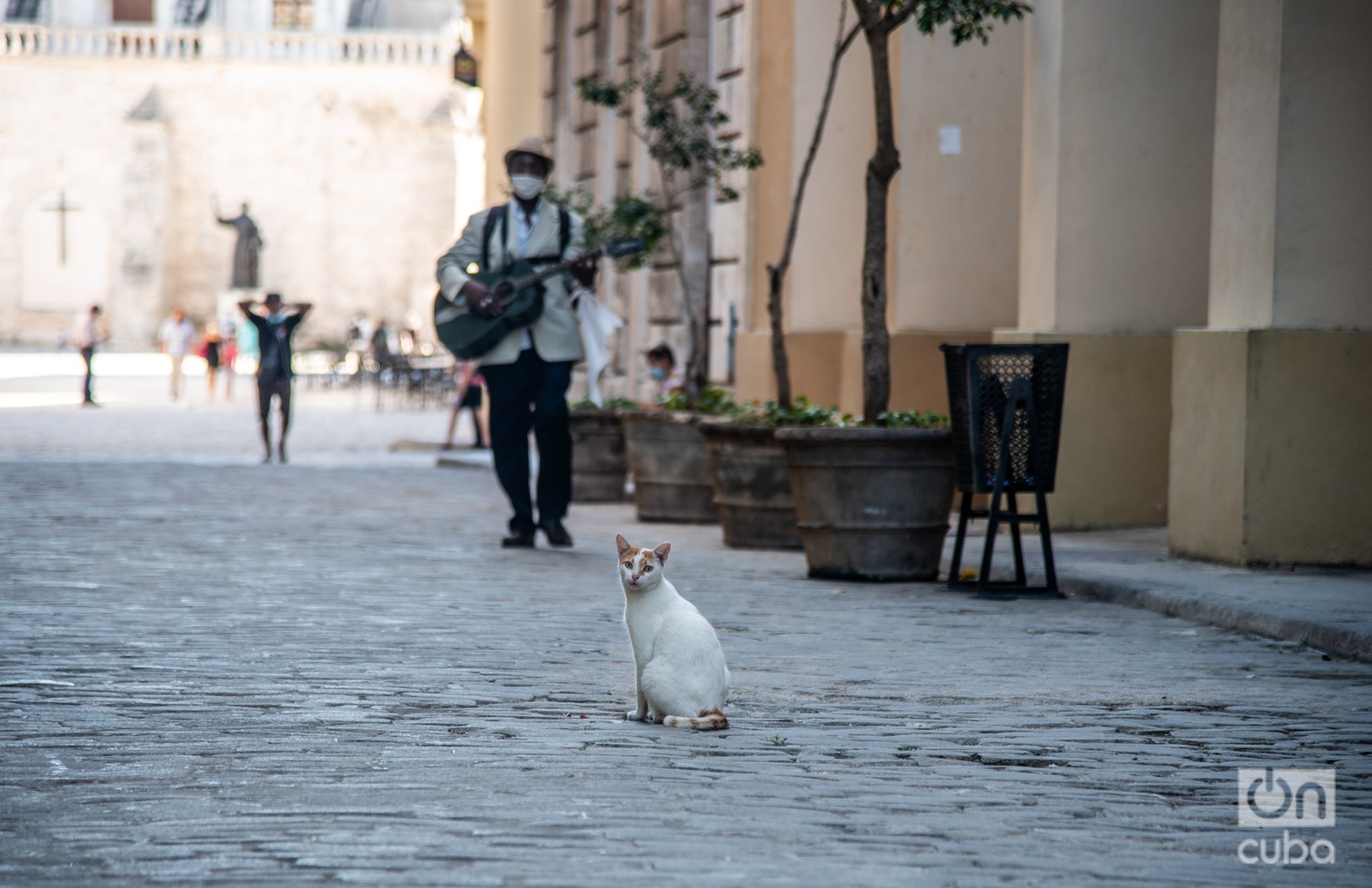
A few months ago, during the summer holidays, I returned and, to my surprise, Silent Havana was still there. The slow and unhurried steps of the few mortals who lurked the streets could barely be heard. Local residents continued to queue; street vendors could be counted on one hand and musicians were now a rarity. Although there were already some tourists, very few, they walked calmly, without rushing, free from the harassment of the vendors.
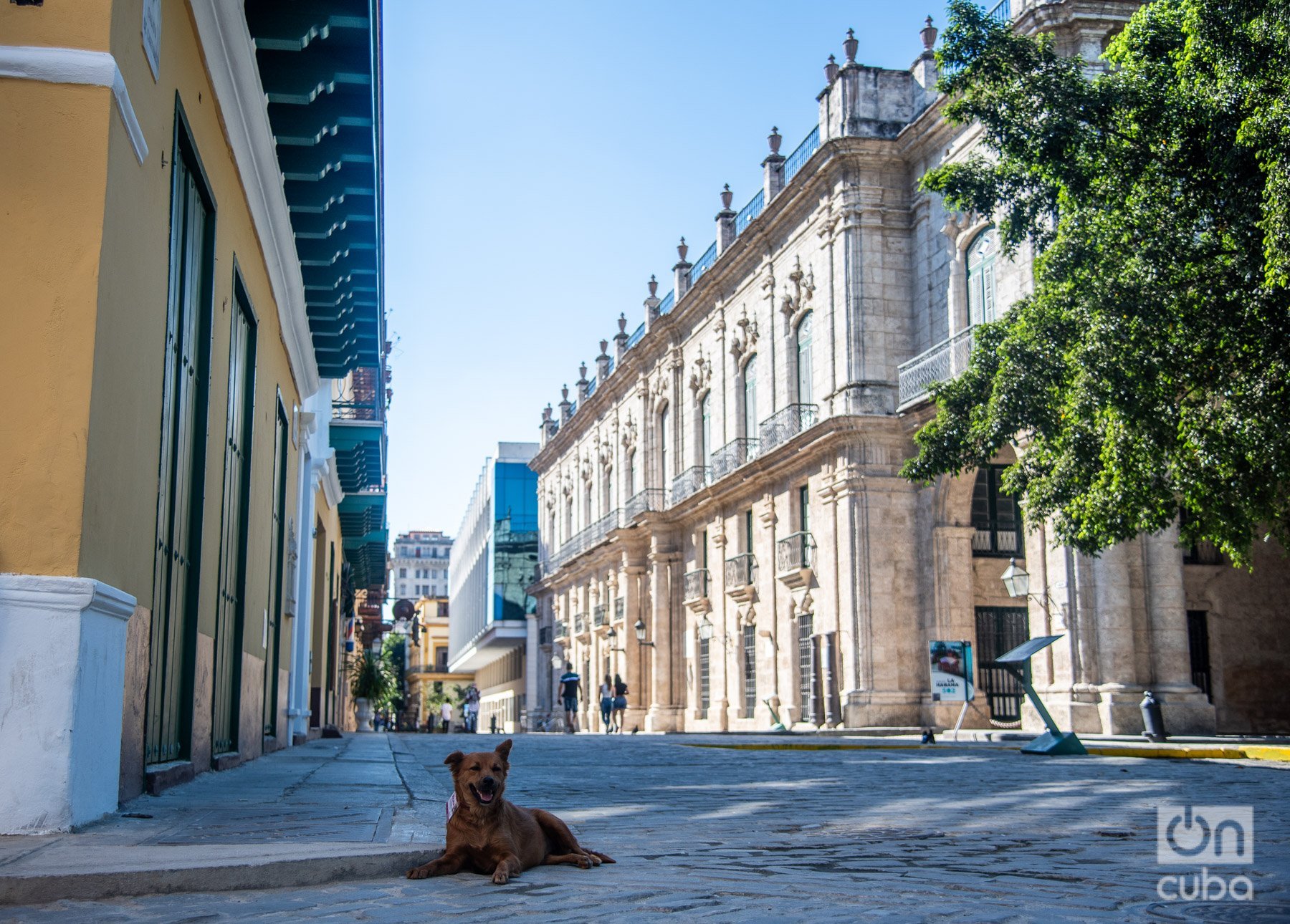
Once again, I had those streets, those historical buildings, the monuments and the statues all to myself, as I had once imagined. However, I discovered that this reality did not coincide with what I imagined when I was passing through a wave of people on Obispo Street.
That anodyne and dystopian scene seemed taken from a science fiction movie. The pigeons dominated the entire Plaza Vieja; the sculpture of the historian Eusebio Leal, located on the sidewalk of the Palacio de los Capitanes Generales, on Tacon Street, was the only company I found in that place.
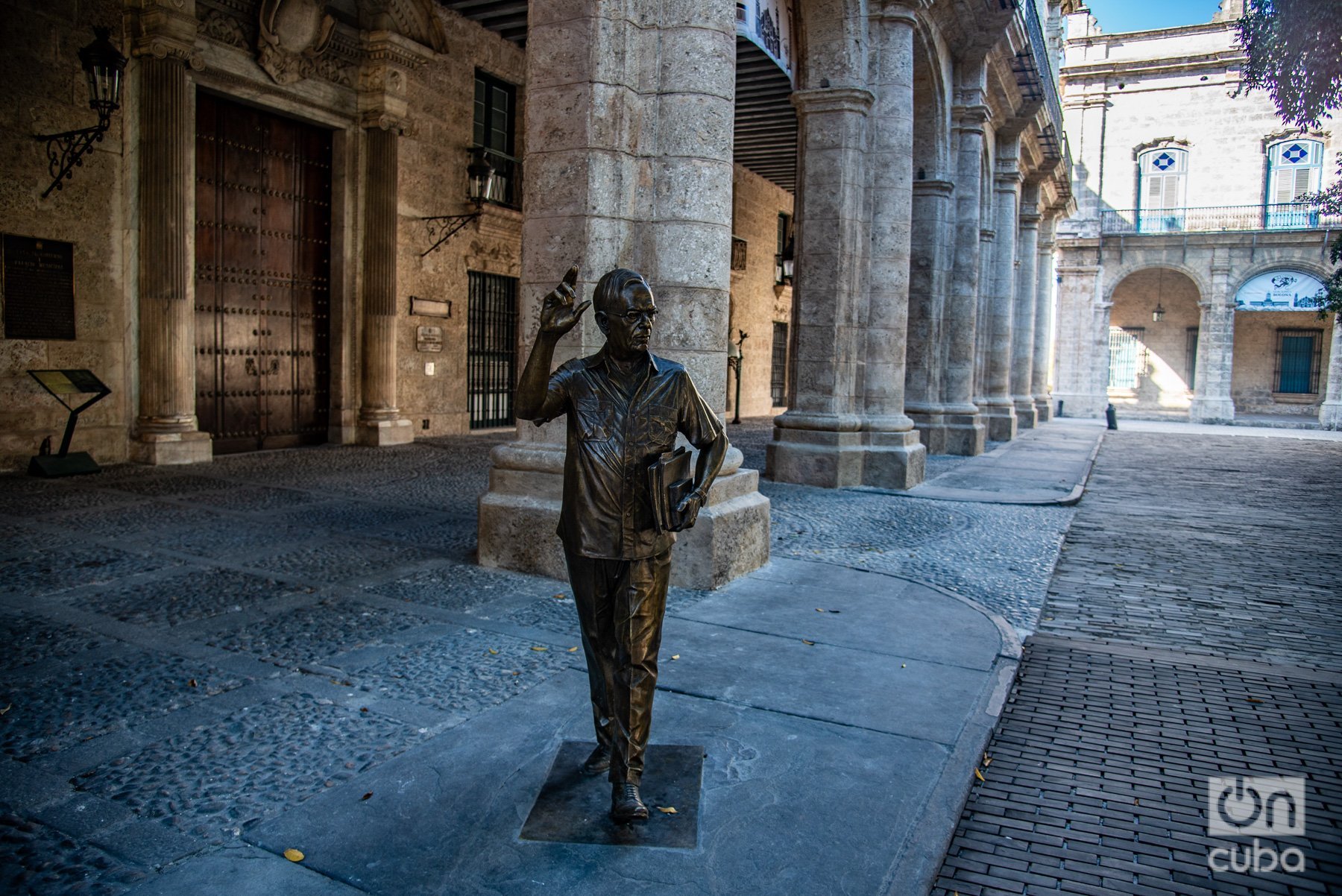
And what to say about La Giraldilla? Symbol of Havana, the solitary weathervane, a sculpture of a slender and sensual woman prostrated at the top of the Real Fuerza Fortress: she seemed sad before that panorama.
In Cathedral Square, the last to be built among the city’s colonial squares, emptiness extended. The church remained closed and the magnificence of its façade, the greatest of Cuban baroque architecture, stood imposingly in the middle of that desolate space. Even the bar-restaurant tables that used to be arranged in the square with some musical group livening up daily life were missed.
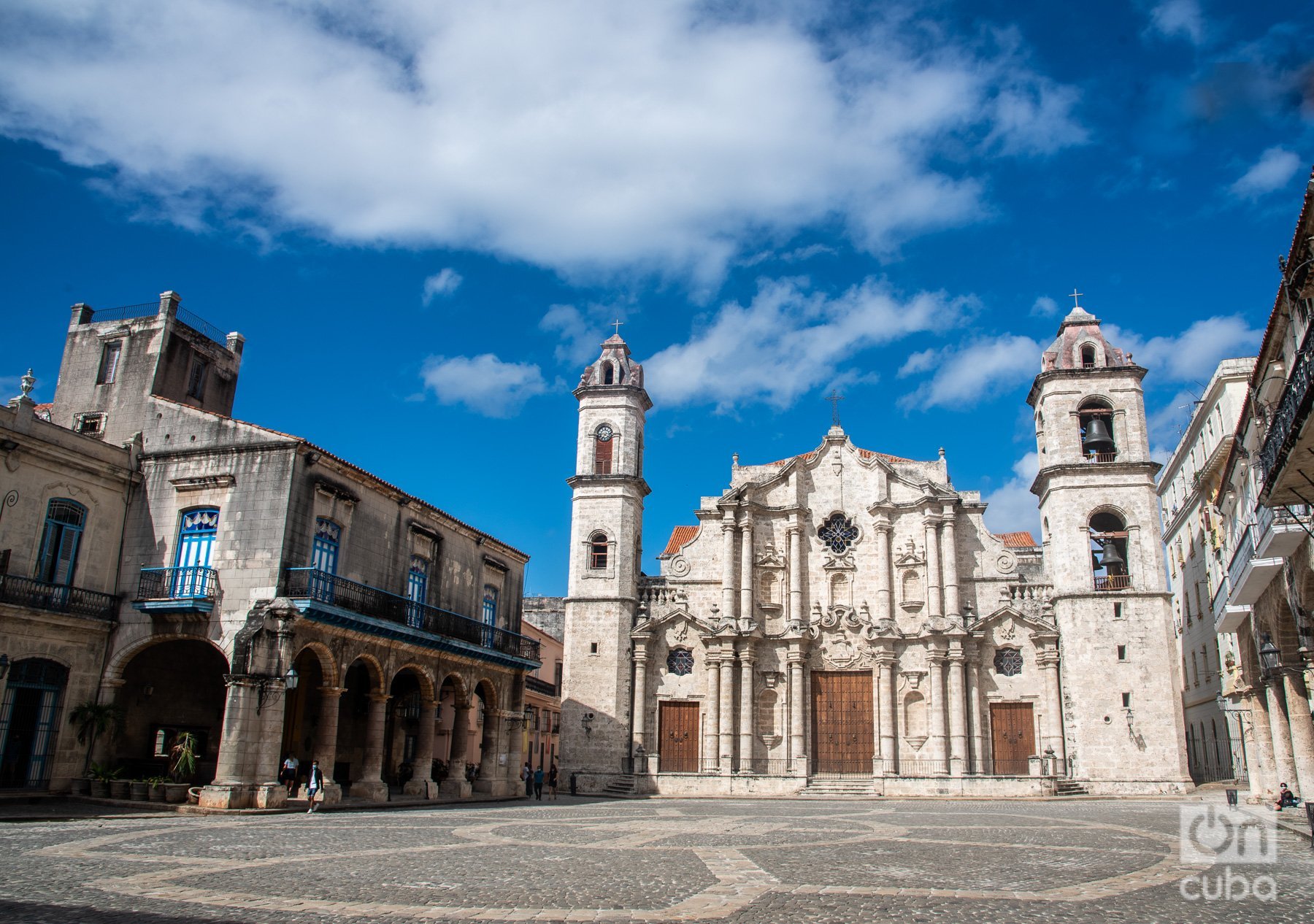
I also noticed the absence of the historical fortune teller, that old black woman, dressed in white, with red flowers on her head and a cigar in her mouth, who used to occupy the corner and prophesied the future. Likewise, the women who used to hang around there, dressed in 18th-century outfits, wearing colorful dresses and with bright red lipstick, giving flowers and posing for photos, could no longer be seen.
Just a few steps away, in the renowned Bodeguita del Medio, a place that used to be packed with tourists, even occupying part of Empedrado Street, now only a few visitors gathered. These strangers enjoyed the guarachas sung by a duo and delighted in the famous mojitos of the place, but the atmosphere that used to permeate every corner of this iconic establishment was no longer present. The bustle and vibrant energy that used to characterize La Bodeguita had faded, marking a notable change from the days of upheaval and celebration that had made it famous around the world.

Photographing silent Havana was an overwhelming experience. It became a melancholic portrait of a city that has undergone significant changes in recent times. The pandemic left a deep mark; tourism, essential for the Cuban economy, has not yet recovered, and the shortcomings of daily life have become more evident than ever.
Even in these conditions, the beauty of Havana captivates. But this city is not like that. It is vibrant, boisterous, overflowing with stories and passions. For now, these snapshots are on pause, incomplete.
